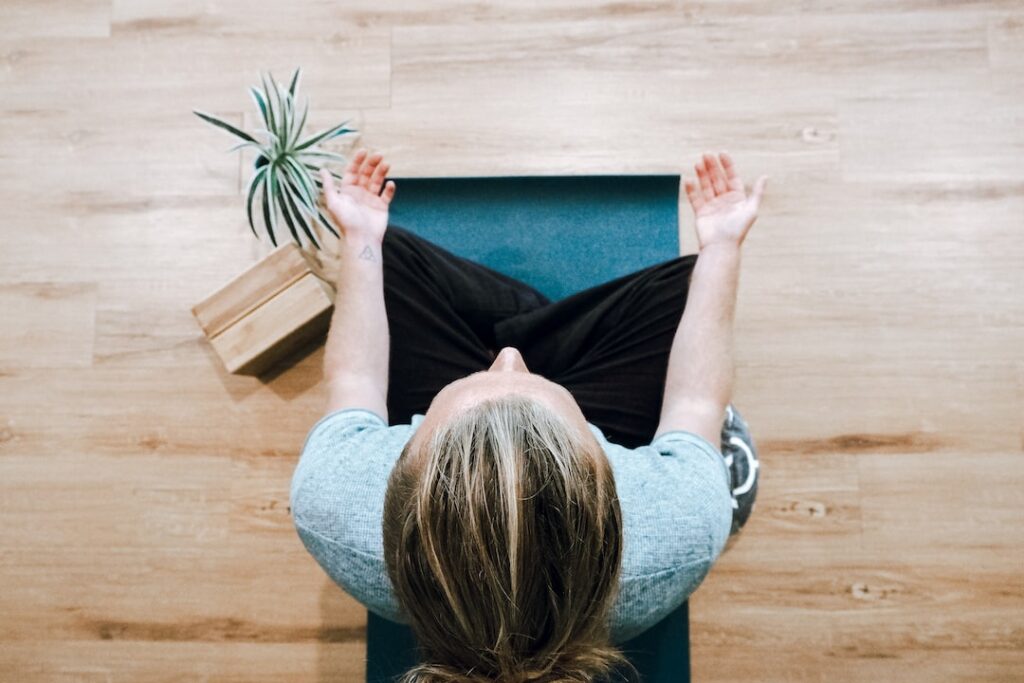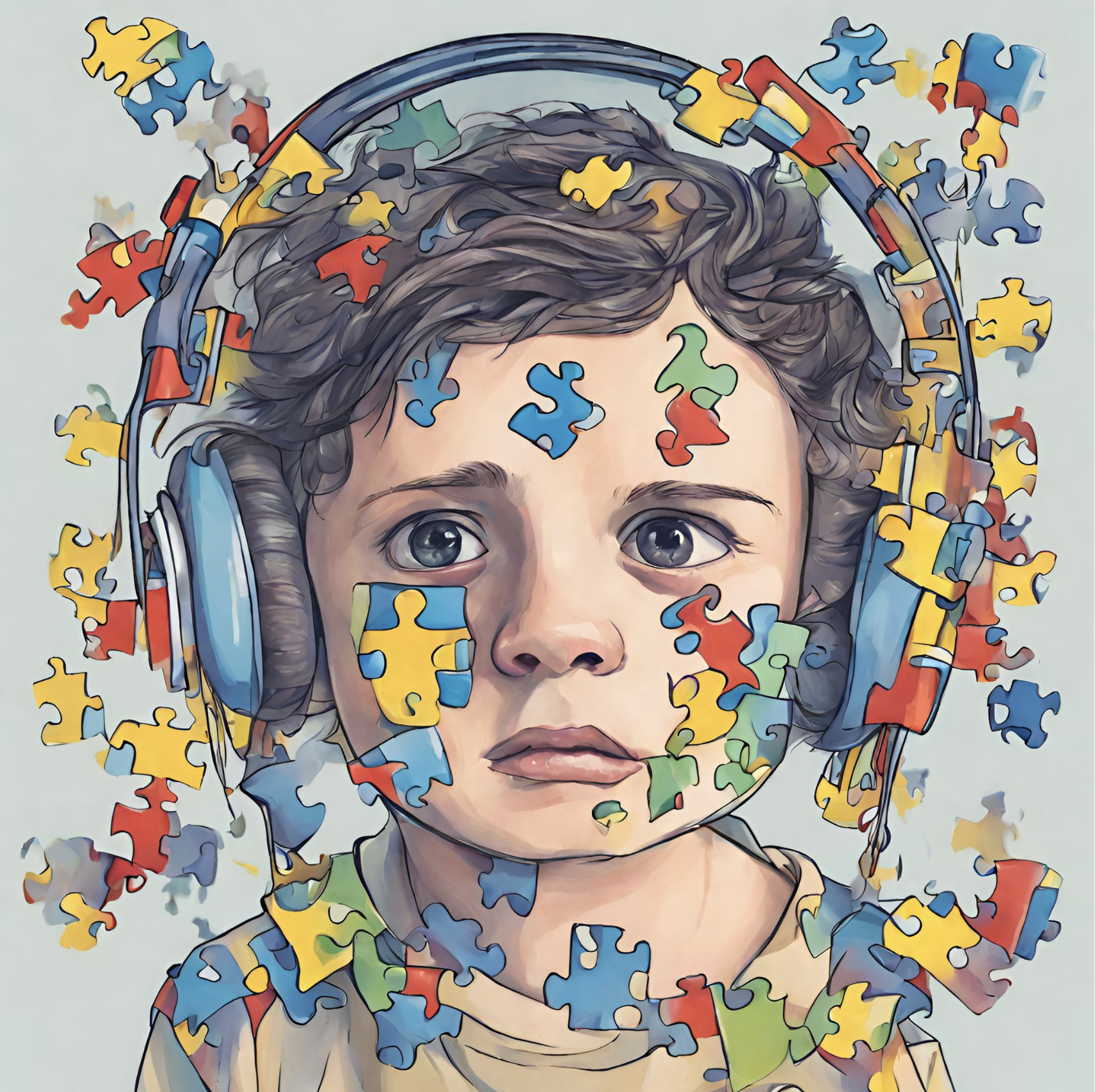Imagine a world where the hum of fluorescent lights isn’t a constant thrumming in your head, where the cacophony of a bustling street fades into a gentle murmur, and where the scratchy wool sweater doesn’t send shivers down your spine. For many individuals with neurodiverse conditions like autism and ADHD, this isn’t a fantasy – it’s a necessity.
Sensory overload, the overwhelming bombardment of sensory information, can be a daily struggle for those who process the world differently. This can manifest in various ways: bright lights causing migraines, loud noises triggering anxiety, strong smells inducing nausea, or certain textures leading to meltdowns.
However, by creating sensory-friendly environments, we can significantly improve the lives of neurodiverse individuals. These spaces provide a sense of calm, control, and predictability, allowing them to participate more fully in daily activities without the constant struggle against sensory overload.
Understanding Sensory Processing
It’s crucial to acknowledge that neurodiverse individuals often process sensory information differently than the neurotypical population. This can be categorized into two main areas:
- Hypersensitivity: Certain senses are overly sensitive, leading to discomfort or aversion to specific stimuli like loud noises, bright lights, strong smells, or rough textures.
- Hyposensitivity: Some senses may be under-responsive, leading to a need for increased sensory input to feel engaged. This could involve seeking out loud noises, rough textures, or constant movement.
Building a Calming Haven and Avoid Sensory Overload
Creating a sensory-friendly environment involves considering the impact of various sensory inputs and implementing strategies to manage them. Here are some key areas to focus on:
1. Visual Stimulation:
- Clutter Control: Minimize visual clutter by organising belongings, using clear storage solutions, and avoiding excessive decorations. A cluttered space can be overwhelming and visually overstimulating.
- Colour Palette: Opt for neutral colours and avoid busy patterns that can be distracting. Consider incorporating calming colours like blue or green, as these are often associated with tranquility.
- Lighting: Employ natural light whenever possible. Utilise dimmable lights and avoid harsh overhead lighting. Consider sensory mood lights for calming effects and adjustable colour palettes.
2. Auditory Stimulation:
- Noise Reduction: Minimise background noise by using soundproofing materials, turning off unnecessary electronics, and encouraging quiet activities.
- Designated Quiet Areas: Provide a quiet space to retreat to when overwhelmed by noise. This could be a library corner, a designated relaxation room, or even a quiet corner in a classroom.
- Sensory Tools: Offer noise-cancelling headphones or ear defenders for individuals who find specific sounds unbearable. This can be particularly helpful in loud environments like shopping centres or busy streets.
3. Tactile Stimulation:
- Texture Awareness: Be mindful of textures in furniture, clothing, and everyday objects. Offer a variety of textures for individuals to explore and self-regulate. This could include soft blankets, smooth surfaces, or textured fidget toys.
- Fidget Toys: Providing fidget toys with different textures can be a helpful tool for managing anxiety and focusing attention. These can be anything from simple stress balls to textured chewable necklaces.
- Weighted Blankets: Some individuals find deep pressure calming, so weighted blankets can be a beneficial tool for managing sensory overload and promoting relaxation.
4. Olfactory Stimulation:
- Air Quality: Maintain good air quality by ensuring proper ventilation and avoiding strong perfumes or cleaning products. These can trigger sensitivities and cause discomfort.
- Calming Scents: Offer essential oils or diffusers with calming scents like lavender or chamomile. These can create a more soothing atmosphere and promote feelings of well-being.
5. Additional Considerations:
- Temperature Control: Maintaining a comfortable temperature is crucial. Extreme heat or cold can exacerbate sensory sensitivities and lead to discomfort.
- Flexible Seating: Offer flexible seating options like beanbags or wobble chairs to allow for movement and self-regulation. This can be particularly beneficial for children with ADHD who may struggle to sit still for long periods.
- Sensory Tools: Provide access to sensory tools like fidget spinners, chewable necklaces, or calming putty. These can be helpful for individuals who need additional sensory input to self-regulate.
- Communication: Clearly communicate expectations and provide visual aids when necessary. This can help individuals with sensory processing difficulties understand their surroundings and anticipate potential triggers.
- Sensory Breaks: Encourage regular breaks in quiet spaces for individuals to self-regulate. This could involve taking a walk outside, lying down in a quiet room, or simply taking a few deep breaths.

Coaching for Sensory Overload Management
Beyond creating a sensory-friendly environment, coaching can be a powerful tool for individuals with ADHD and/or autism to manage sensory overload. A trained coach can provide personalised guidance and support in developing self-awareness of sensory triggers, identifying and implementing coping mechanisms, and building resilience to overstimulation. Through coaching, individuals can learn valuable skills like:
- Identifying Early Warning Signs: Recognising the subtle signs of sensory overload before it escalates into a meltdown or shutdown. This can include physical sensations like increased heart rate, difficulty concentrating, or feeling overwhelmed.
- Developing Calming Strategies: Practicing techniques like deep breathing exercises, mindfulness meditation, or progressive muscle relaxation to self-regulate and regain composure when experiencing sensory overload.
- Communicating Needs Effectively: Learning to communicate their sensory needs clearly and confidently to others, whether it’s requesting a quiet space, adjusting lighting, or simply taking a break.
- Building a Support Network: Identifying and connecting with supportive individuals who understand their challenges and can offer encouragement and assistance.
Building a More Inclusive World
Creating sensory-friendly environments benefits everyone, not just neurodiverse individuals. These spaces promote:
- Reduced Anxiety and Stress: By minimising sensory overload, individuals feel calmer and more in control, leading to reduced anxiety and stress levels.
- Improved Focus and Concentration: A less stimulating environment allows for better focus and engagement in tasks, enhancing productivity and learning.
- Enhanced Social Interaction: Sensory-friendly spaces create a more inclusive environment, fostering positive social interactions and reducing social isolation.
- Increased Participation: Individuals with sensory sensitivities are more likely to participate in activities and events when their needs are met, leading to a richer and more fulfilling life.
By implementing these strategies, we can create spaces that are welcoming and accessible for everyone. This allows neurodiverse individuals to thrive and participate fully in society without the constant struggle of sensory overload. Remember, small changes can make a significant difference in the lives of those who experience the world differently.
Let’s work together to build a world where sensory-friendly environments are the norm, not the exception. A world where everyone feels comfortable, empowered, and embraced for who they are.

Useful Links for Sensory Overload
Here are some helpful links for further information on creating sensory-friendly environments and managing sensory overload:
General Resources:
- The Sensory Processing Disorder Foundation
- Autism Spectrum Australia
- The National Autistic Society (UK)
- Sensory Friendly
Articles and Guides:
- Coping Strategies for Adults with Sensory Overload
- Treating Sensory Processing Issues
- Resources for Parents and Professionals
Coaching and Support:
- The Very Versatile Lemon – ADHD & ASD Coaching
- The International Coach Federation (ICF)
- ADDitude Magazine
- The National Association of Social Workers (NASW)
Remember, these are just a few starting points. Many other resources and organisations are dedicated to supporting individuals with neurodiverse conditions and sensory sensitivities.

Be the first to comment